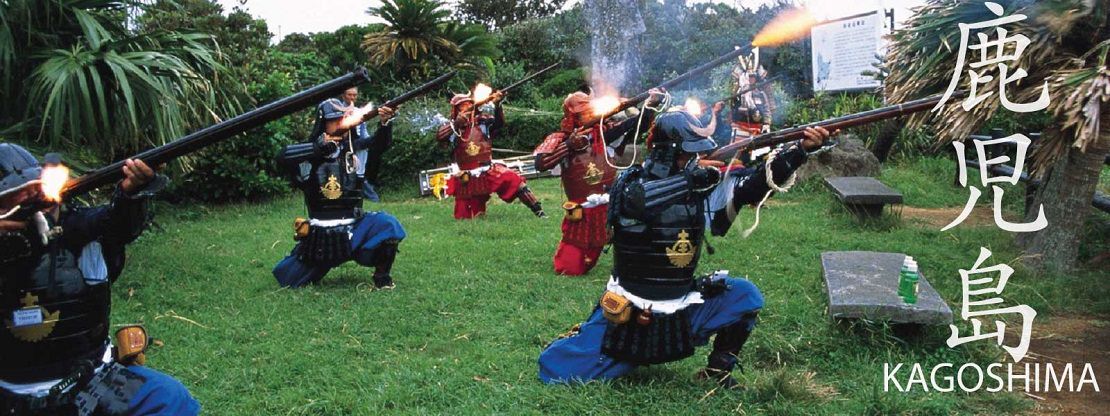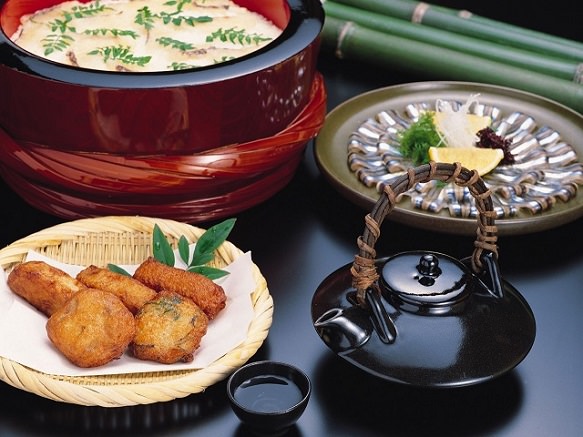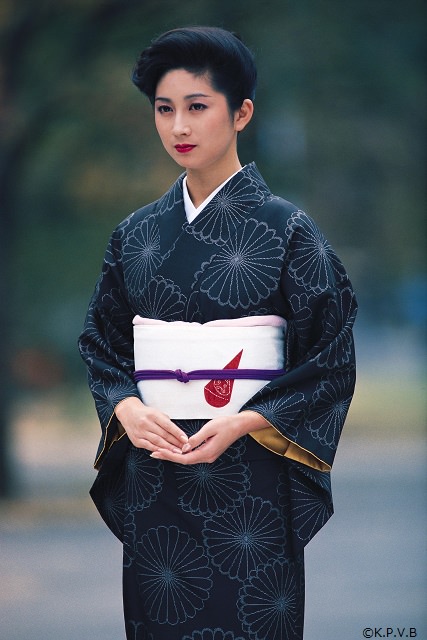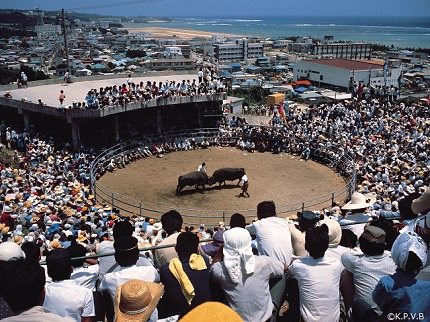-
- USA/Canada 1-800-285-2726
- Australia (02) 8006 4411

Region: Kyushu
Capital: Kagoshima
Population (approx.): 1.706 million (2012)
Area: 3,526 sq miles
Area Rank: 10
Economic, administrative, and cultural center of Kagoshima Prefecture
Hilltop known as the last hard-fought battlefield of the Meiji Restoration

Kagoshima Prefecture is located in the Kyushu region and is home to several popular tourist destinations such as Sakurajima and Yakushima. Sakurajima is an active volcano with several minor eruptions that occur daily. Minor eruptions result in volcanic ash on the surroundings and constant smoke from the mountain peaks. It is one of three active volcanoes in Japan that has a Level 3 status, signifying the volcano’s highly dangerous status. Yakushima is a subtropical island famous for its old trees, considered some of Japan’s oldest. The oldest tree in all of Japan stands here at Jomonsugi in Yakushima. Named after the Jomon Period (14,000-300 BC), the Jomonsugi is estimated to be 2000 to 7200 years old. It stands at just 25 meters high but the trunk is approximately 5 meters in diameter. Along the trail to see Jomonsugi are several other historical trees including Wilson's Stump and Meotosugi. In Yakushima is Shiratani Unsuikyo, a beautiful nature park, popular for hiking and sightseeing. Within the park are several hiking trails varying in difficulty from the more difficult paths used in the Edo Period to more recently developed paths paved in stone for an easier stroll. Shiratani Unsuikyo is perhaps most famous for the part of the forest that inspired the scenery for the Studio Ghibli film Mononoke Hime (Princess Mononoke). The park itself contains various kinds of ancient cedars including Nidaiosugi.
Oldest tree in Japan; estimated to be 2,000 to 7,200 years old
Inspiration of scenery for Studio Ghibli film Princess Mononoke
Subtropical island filled with mountains and forests; Japan's first World Natural Heritage Site
Collection of Hot Springs and Sunamushi

Kagoshima has various local dishes using both ingredients from land and sea. Dishes using “kibinago”, a silver-stripe round herring, is very popular in Kagoshima. Kibinago are caught in Kagoshima and because they spoil quickly, they are mostly consumed within Kagoshima. Kibinago is enjoyed as sashimi, grilled, and deep fried.
“Satsumaage” is another fish dish from the Satsuma district of Kagoshima that has made its way to various parts of Japan. Satsumaage is a fried fishcake made from deep drying minced fish paste mixed with vegetables. Satsumaage is commonly eaten as a side dish and can also be found in udon and oden.
Freshwater eel; Doyo no Ushi no Hi
White manju with spongy texture filled with red bean paste
Japanese shaved ice with condensed milk and fruits, mochi and red bean paste
Shochu is distilled and is most often distilled from barley (mugi) or sweet potato (imo)

Oshima Tsumugi is a type of beautiful silk dyed in Kagoshima Prefecture. Oshima Tsumugi is used to produce various kinds of silk good including kimono, hand bags, ties, and today scarves. The kimono produced through Oshima Tsumugi has a lighter feel than the ordinary kimono and is worn informally. Oshima Tsumugi kimonos are also known for being long lasting and resistant to wrinkles. The designs produced from the dyeing of the fine weaving creates beautiful, elegant silk. Oshima Tsumugi no Sato in Kagoshima is a great place to view beautiful Oshima Tsumugi kimonos. Here you can also learn about the process of dyeing to create these elegant designs.
Open air museum with art hall by works of international artists
Glassware reproduced from late Meiji period

Togyu, or bullfighting is an exciting popular event in Tokunoshima, Kagoshima. Although the exact year is unknown, togyu is said to have started sometime in the 17th century. Hundreds of people gather to watch and yell as the bulls go at each other. Togyu is different from European bullfighting in that no humans are involved in the battle. Togyu is purely a battle between the two bulls. Also, the battle is over when one bull seems too tired to continue the battle and is not meant to continue until a bull is killed. The bulls are not meant to be injured and humans intervene before that happens. The owner of the winning bull is said to be lucky for the rest of the year. The strongest bull is referred to as the "yokozuna", just as in sumo.